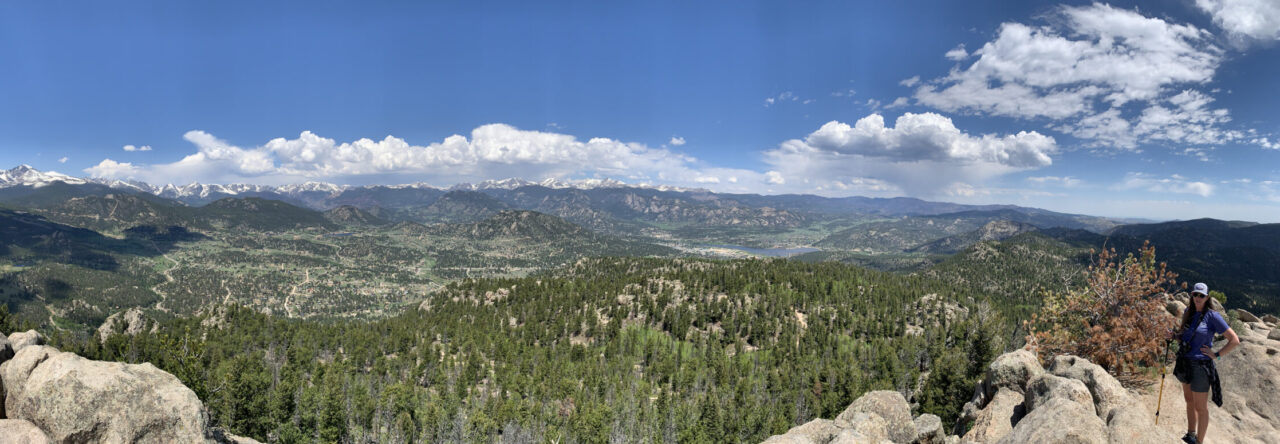Assuming that you’re working with an image created with a point and shoot camera (film or digital), the exposure of your image is likely out of your control. With Photoshop, you can work with the colors of an image to make it darker, lighter or have specific colors pop.
Sometimes you have images with something in the picture appearing as a silhouette. Generally speaking, when this happens and you’d like the silhouetted image to appear in detail, you are out of luck.
Other times you have an image where things just look washed out or a little dark. That is when you have potential to improve the colors in the image using Photoshop.
Below on the left is an old family photo from the 70s. It looks like it’s from the 70s with the way it’s washed out and a little yellowed. Further down is the image where the levels have been adjusted, making the image look brighter and cleaner. It’s a subtle difference but adds more life to the image.
Original image:
Edited image:
There are a few ways to edit an image in this way. First, as some background, it’s important to know that Photoshop will display a histogram illustrating the distribution of colors in an image. (A lot of digital cameras will show you this, too.) The histogram looks something like this:
The right side of the histogram illustrates the distribution of light colors in your image and the left side illustrates the distribution of dark colors. If you view the shape in the histogram as a mountain, ideally you will see the base of the mountain on both sides. If the mountain is cut off on either side, then your image is missing some of the color data. In that silhouette image above? The silhouetted image cannot be edited very much because the lighter color data for the image is permanently lost.
To play with the color levels, there are several options. Regardless, you need to get to the screen above. You do that by either going to Image … Adjustments … Levels or by selecting the icon that looks like a black and white cookie in your Layers palette  .
.
Your layers palette looks like this:
If you don’t see that, you can pull it up by going to Window … Layers.
Once you go to the levels window (which, again, you get to either by Image … Adjustments … Levels or by selecting the icon that looks like a black and white cookie), you can edit your image by:
- Click the “Auto” button.
- Move the small triangle in the slider beneath the histogram. Ideally the right and left slider will be the base of the “mountain” on their respective sides. You can move all three triangles as much as you would like. You will see your image get lighter and darker, sometimes to the point of all black or all white.
- The last option is slightly more complicated but gives you more control. On the levels window you will see a drop-down that says RGB. By default you are seeing a histogram that illustrates all shades in one graph. You can also see them individually for red, green and blue by selecting the appropriate color from the drop-down. Then you can adjust the distribution of light and dark for just your greens, blues and / or reds. This can be particularly useful if you have an image that is particularly dense in one of those colors, such as an outdoor picture with lots of greenery.
Want to start from the beginning? View class 1, which reviews the Photoshop toolbar. View Class 2, which reviews pictures for print versus web. View Class 3, which explores cropping and resizing images.
As always, see something you disagree with or think is just plain wrong? Tell me! Seriously – I want to know.




















